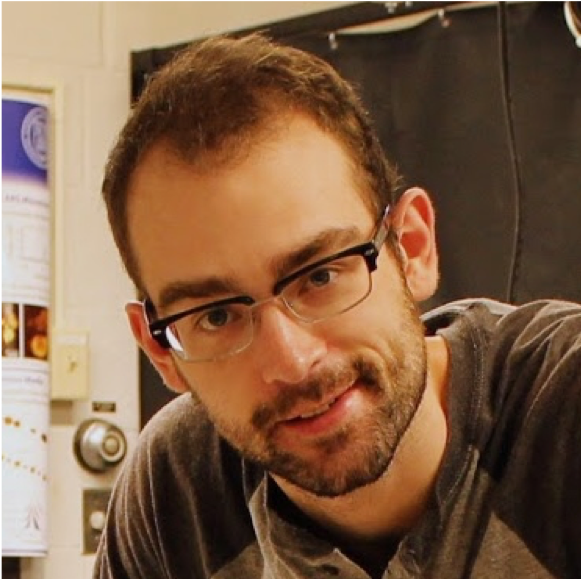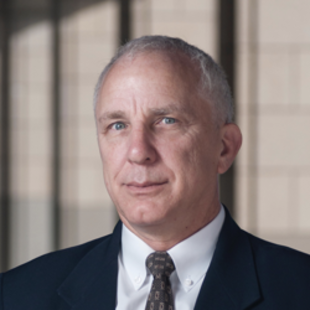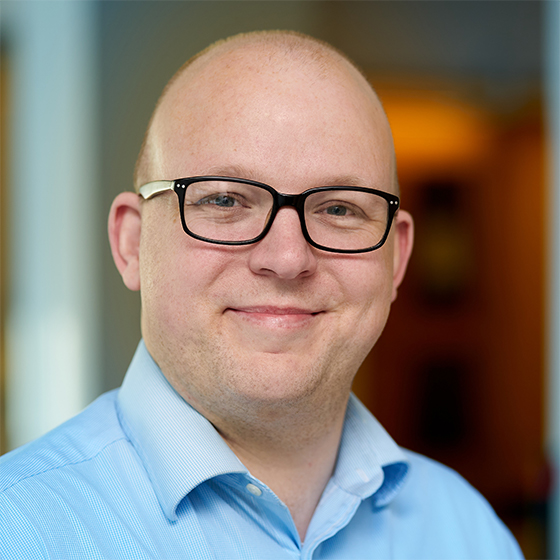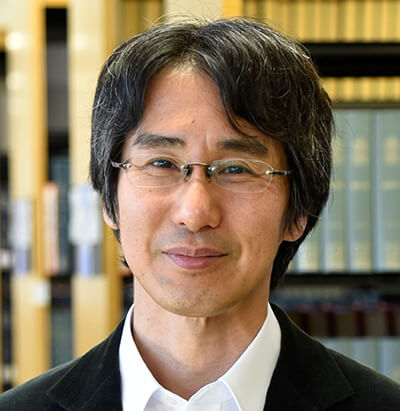Upgrade 2021: PHI LAB Speakers

Ryan Hamerly
The Potential of Optical Neural Networks to Overcome Electronic Hardware Limitations
Convolutional neural networks have seen significant advancements over the past 20 years, but further improvements are difficult to come by due to the limitations of modern hardware. Scientists are working to overcome these limitations by integrating optics, with the goal of expanding the capabilities of deep neural networks.
In his talk at Upgrade 2021, the NTT Research Summit, Dr. Ryan Hamerly, Senior Scientist at NTT Research, discussed how the use of optics in computing can overcome the limitations of chip hardware and minimize energy consumption.
Presented at the NTT Research Upgrade 2021 Summit on September 21, 2021.

Logan Wright
Research Scientist | NTT Research Physics & Informatics Lab
How Applying the Backpropagation Algorithm Enables Deep Physical Neural Networks
It’s possible to turn virtually any physical system into a deep neural network capable of performing computations far faster and more efficiently than traditional electronic computers – if you can find the right physical system and apply an effective algorithm.
That was the gist of Dr. Logan Wright’s talk at Upgrade 2021, the NTT Research Summit, during which he discussed a paper he co-authored with Dr. Tatsuhiro Onodera, “Deep physical neural networks trained with backpropagation.” Wright and Onodera are both Research Scientists in the NTT Research Physics and Informatics (PHI) Lab and visiting scientists in the School of Applied and Engineering Physics at Cornell.
Dr. Wright’s work demonstrated how any physical system could be used to create a physical neural network, or PNN. He showed three examples: a mechanical system that consisted of a speaker connected to an oscillating metal plate, a non-linear analog electronic system, and an optical system.
Presented at the NTT Research Upgrade 2021 Summit on September 21, 2021.

Satoshi Kako
Senior Research Scientist | NTT Research PHI Lab
Demo Shows Promise of Coherent Icing Machine Approach to Computing for Complex Problems
Today’s computers are facing a problem: they can’t keep up with the sorts of problems scientists are trying to solve, such as drug development calculations that involve thousands or millions of variables. NTT Research is proposing a solution with a new approach to computing called Coherent Icing Machine (CIM), which lives at the crossroads of physics, neuroscience and computer science.
At Upgrade 2021, Dr. Satoshi Kako, a Senior Research Scientist at NTT Research, demonstrated the capabilities of a CIM implementation on a single FPGA chip. It proved capable of solving a problem involving 1,000 variables at a speed 10 times faster than existing solutions.
Presented at the NTT Research Upgrade 2021 Summit on September 20, 2021.

Martin Fejer
Using Nonlinear Nanophotonics and Thin-Film lithium niobate (TFLN) to Achieve Few-photon Interactions
Nonlinear nanophotonics have various possible uses in the field of quantum optics, including work currently underway towards using nonlinear optics to reach few-photon interactions. While these interactions have yet to be achieved, progress in this facet of research could lead to breakthroughs in solving complex optimization calculations using a Coherent Ising Machine.
In his talk at Upgrade 2021, the NTT Research Summit, Dr. Martin Fejer, Professor of Applied Physics at Stanford University, discussed nonlinear nanophotonics operating in thin-film lithium niobate (TFLN) and how material characteristics like tight confinement, high resonator values, and the engineering of dispersion could theoretically lead to few-photon interactions in optical physics.
Presented at the NTT Research Upgrade 2021 Summit on September 21, 2021.

Surya Ganguli
Associate Professor | Stanford University
Solving for Optimal Annealing Schedules through the Coherent Ising Machine
Optimizing energy use and consumption serves a vital purpose when creating effective computational systems, but determining the best annealing schedule can be a significant challenge. Scientists have discovered ways of solving for the best annealing values by increasing laser power in the system and studying resulting phase transitions in the geometric landscape.
In his talk at Upgrade 2021, the NTT Research Summit, Surya Ganguli, an Associate Professor of Applied Physics at Stanford University and Research Scientist at Facebook AI Research (FAIR), discussed how to determine the optimal annealing schedule of an optical parametric oscillator, or OPO, by use of the coherent Ising machine (CIM) in the context of the SK Spin Glass model.
Presented at the NTT Research Upgrade 2021 Summit on September 21, 2021.

Peter McMahon
Assistant Professor of Applied and Engineering Physics | Cornell University
The Promise of Optical Neural Networks for Fast, Energy-efficient Computing
While currently computing is done only through electronics, technologies such as machine learning demand a faster, more energy efficient approach. In his talk at Upgrade 2021, Dr. Peter McMahon, assistant professor at the Cornell University School of Applied and Engineering Physics and director of the McMahon lab for research on physical computation, discussed the potential of using optics to perform neural network computations.
His goal is to demonstrate an optical neural network that uses tiny amounts of energy. Dr. McMahon explained that by using light to perform computations, there is the potential to use less energy in the system.
Presented at the NTT Research Upgrade 2021 Summit on September 21, 2021.

Hiroki Takesue
Scientist | NTT Basic Research Lab, Physics & Informatics Lab
Current Status of Coherent Ising machine/LASOLV at NTT Laboratories
Efforts of optical physics researchers investigating the coherent Ising machine (CIM) are leading to breakthroughs, including uncovering new strategies for improving optimization computational abilities.
In his talk at Upgrade 2021, Dr. Hiroki Takesue, Senior Distinguished Researcher at NTT Basic Research Labs, discussed the updated status of the CIM being developed in Japan. Takesue highlighted three ways the CIM has evolved: implementing a magnetic field term, simulating 2D Ising models on the CIM, and spiking neural networks.
All of these research findings bring Takesue and other researchers closer to developing the LASOLV model, short for laser solver, a computational system based on the coherent Ising machine.
Presented at the NTT Research Upgrade 2021 Summit on September 21, 2021.

Hidenori Tanaka
Research Group Leader | NTT Research Physics & Informatics Lab
Utilizing Biological Neural Networks to Optimize Artificial Neural Networks
While machine learning and the development of artificial neural networks has accelerated in recent years, to further improve the performance of these networks physicists have turned to biological neural networks in hopes of developing artificial neural networks with even greater computational power.
In his talk at Upgrade 2021, Hidenori Tanaka, Head of Neural Network Group and Senior Scientist at NTT Physics and Informatics Labs, discussed the benefits of studying biological neural networks and how combining properties from both natural and artificial networks can lead to increased efficiency.
“The key insight in building our theory, is to make a parallel between the dynamics of parameters during learning and the physical process,” Tanaka said.
Presented at the NTT Research Upgrade 2021 Summit on September 21, 2021.

Timothee Leleu
Project Associate Professor | International Research Center for Neurointelligence, The University of Tokyo
A Fast, Scalable, and Reconfigurable Simulation Platform for the Coherent Ising Machine
Timothee Leleu discusses the topic A Fast, Scalable, and Reconfigurable Simulation Platform for the Coherent Ising Machine.
Presented at the NTT Research Upgrade 2021 Summit on September 21, 2021.

